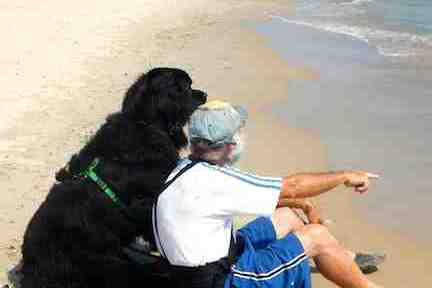I hope I never find myself in the position of this monk where I need to call in technical support to figure out how to read an object called a “book.” In my judgment there IS a danger, however, in becoming too dependent on “technology learning tools.” My favorite tools remain a # 2 pencil with an eraser, a Pilot G-2 broad ink pen, some writing paper, and my mind. Nonetheless, this blog post is a heart-felt mini-festschrift to an Internet visionary.
I’ve written numerous blog posts about the tremendous value I find from Jane Hart’s annual identifying top learning tools. I have unbridled admiration and respect for her vision, willingness to share, and thought-provoking ideas. As I wind up (or wind down) my teaching career over the next few years, I am making an intentional, concerted effort to use things I have learned from Jane (directly or indirectly) over the past seven years. Thank you, Comrade and Mentor across the Pond!
- I have incorporated into my Experimental Social Psychology class use of a Ning (or see Julie Lindsay‘s superb utilization of a Ning). If you would like to visit this Ning, especially if you are a former student or classmate of mine or are also an experimental social psychologist, let me know. I would welcome incorporating into the Ning your thoughts about the course or your thoughts about being a social psychologist or using social psychology.
- Jane has influenced (favorably) my extra-classroom university academic life (e.g. I maintain alumni contact through Linkedin, and by my cross-posting my WordPress blogs across Facebook and Twitter.
- Jane’s influence has transformed the way I conduct my committee work (e.g. I recently began a Planning and Budget Committee meeting which I co-chair with a screenflow screencast which explained to colleagues how to access budget and planning information).
- Jane has transformed my daily interaction with my student research assistants who annually pilot test all tools on Jane’s list. Among the tools we currently use or are bench-marking for student learning utility are Google Drive, Class Owl, and WordPress. These research assistants continue to revitalize me with their intelligence, playfulness, eagerness to learn, and youth. I have invited this year’s S -Team to identify what Top Tools they find most valuable and which they’d like to learn. Stay tuned.








